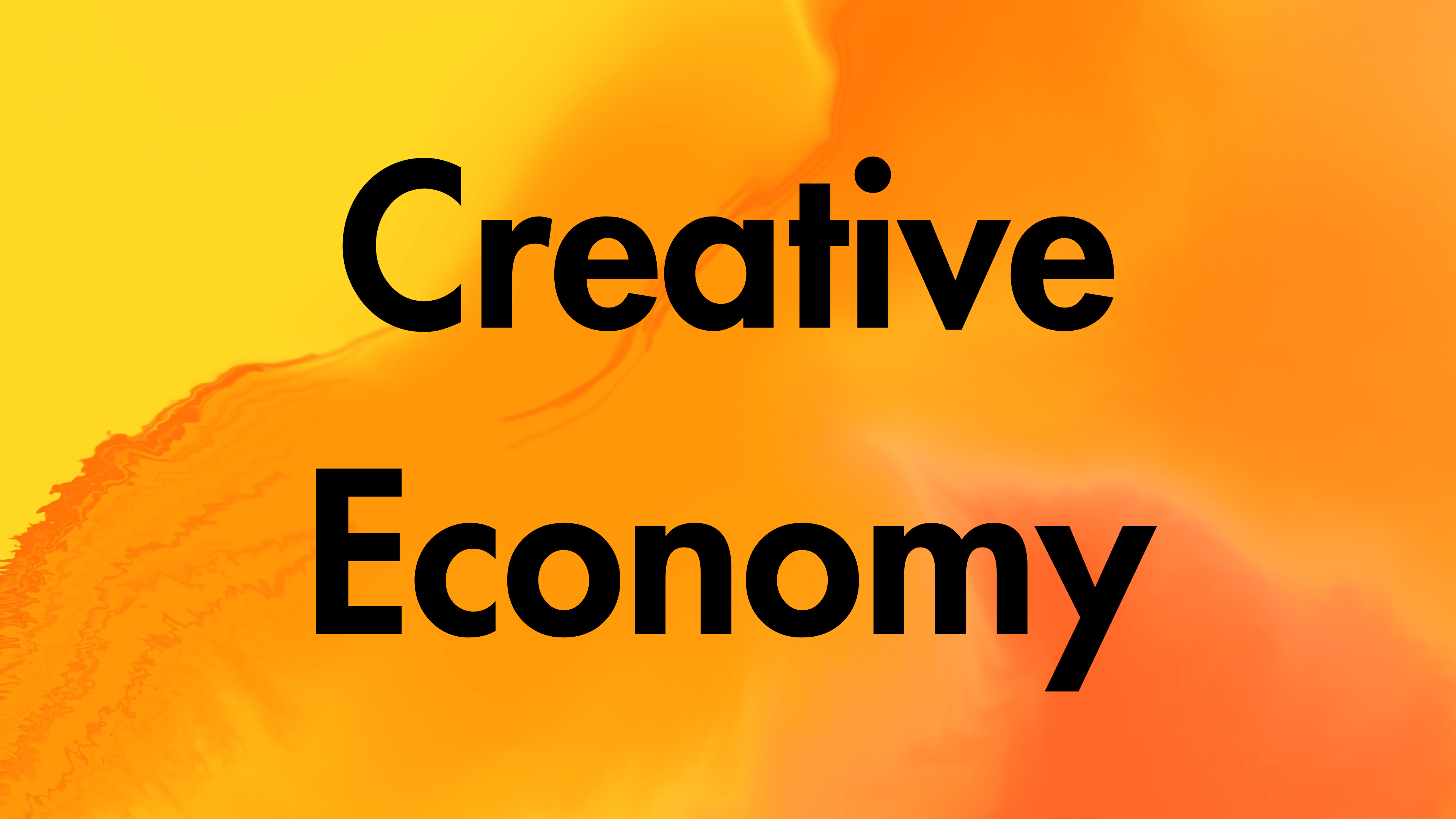Recently I participated to the 3rd Cohort of British Council’s Creative Economy programme. It is named “Supporting the Creative Economy: a programme for policy makers” and was held in Turkey in collaboration with Culture Unleashed.
During 5-week period, I learned many things related to the creative economy, and in this article, I plan to share some insights about what I have learned. But first, what is the creative economy?
What is Creative Economy?
According to the UN’s definition: “The creative economy (also known as the orange economy) is an evolving concept based on the contribution and potential of creative assets to contribute to economic growth and development.” In essence, creating an economic impact within the creative industry, whether small or large, constitutes the creative economy. You can learn more about the origins of creative economy from one of our speakers, John Newbigin OBE , in his article here.
In Turkey’s programme, the content was divided into two main parts. It started with “Introduction to Cultural and Creative Industries, Impacts” followed by “Supporting Creative Industries’ Development.” Each of these parts consisted of approximately 6 or more classes that summarized and introduced the topics very briefly.
Let’s summarize the classes, creativity is never boring, but talking about it can be. Rest assured, I will try my best not to be. Let’s dive in.
Part 1: Introduction to Cultural and Creative Industries, Impacts
In this part, we began with why and how the creative economy is important.
- Economically, it is a significant market. With digitization and global access to the internet, things move fast, and it is only going to get bigger.
- The creative economy is not a one-person job. It requires policymakers, governments, and creatives to form a network.
- To highlight importance of creative economy and raise awareness among policymakers and society, we need to provide solid examples and numbers related to the creative economy. However, the valuation of the creative economy is currently not crystal clear. How do we do that? There are two ways to measure how big the creative economy is: Economic Impact-based Approaches and Social Cost-Benefit Analysis (SCBA) based approaches. Neither of them is better than the other; we need to explore which one should be used when needed.
- Embracing locally-based approaches in the creative economy can be followed to create an impact on society. For these, of course, we need local hubs, networks, and visionary policymakers, etc.
- Intellectual Property (IPs) is important in the creative economy. Law and regulations need to be followed and updated as needed. Especially while LLMs and generative artificial intelligence models are becoming more common, we need to talk about how and which data they are trained on. I understand how important this is because artificial intelligence is also my expertise area!
- When looking for investment and funds, it is essential to know your local area. What are the strengths of the region? And also, what is missing? Creative industries benefit from ecosystems. An ecosystem consists of four elements: people, assets, business support, and places. In short, study what you have and what is missing. Fill in the gaps, present them as arguments, and explain the possibilities to policymakers.Storytelling is the strength of creative industries.
Part 2: Supporting Creative Industries’ Development
This second module was the one I was most interested in because as the founder of Entropy Production and Kültür İşleri , I was looking for ways to expand my business and develop new content. If you have film, documentary, or web development projects, we can work together and explore incentives in Turkey. Let’s connect and create together! Anyway, with this commercial break aside, let’s summarize some of the things I’ve learned about development.
- There is an investment type called: impact investing. It is a type of investment that can be made through various means. However, its goal is not only to make a return on the investment money but also to do good for society, people, and the planet.
- In creative industries it is important to compete and challenge yourself. This competition can be won with education. Long-term investments on education pay off well in the end.
- Understanding policymakers’ point of view and how to enable them with your work can be a key to success.
- Creative hubs are an important function of the creative industry. They provide networking opportunities, a place for individual creatives, serve as knowledge exchange platforms, offer business support, and engage with the community.
- Creating and managing a hub requires a lot of planning and flexibility. While creating, a strategy is needed. Key actors and managers are important. It also requires multiple revenue streams because you can’t rely on one income source when starting. In addition to multiple revenue streams, you need to consider sustainability.
- Branding and communication are important.
Last words
Of course, it is challenging to summarize all the valuable information here. With this program, I learned more about how to improve my business and the factors and situations I need to consider.
There were also two additional online meetings. Officials from the government and creatives from the industry shared insights about the creative economy in Turkey. This could be the subject of another post, maybe? I would like to thank them for their time and effort in their presentations as well.
Lastly thanks for our speakers and organizers for their contributions.
I hope this was informative for those interested in the creative economy. See you in another post!
This article published on my LinkedIn Page previously.


Leave a Reply